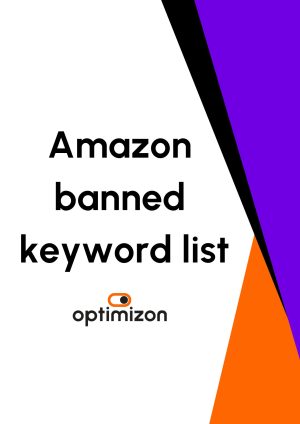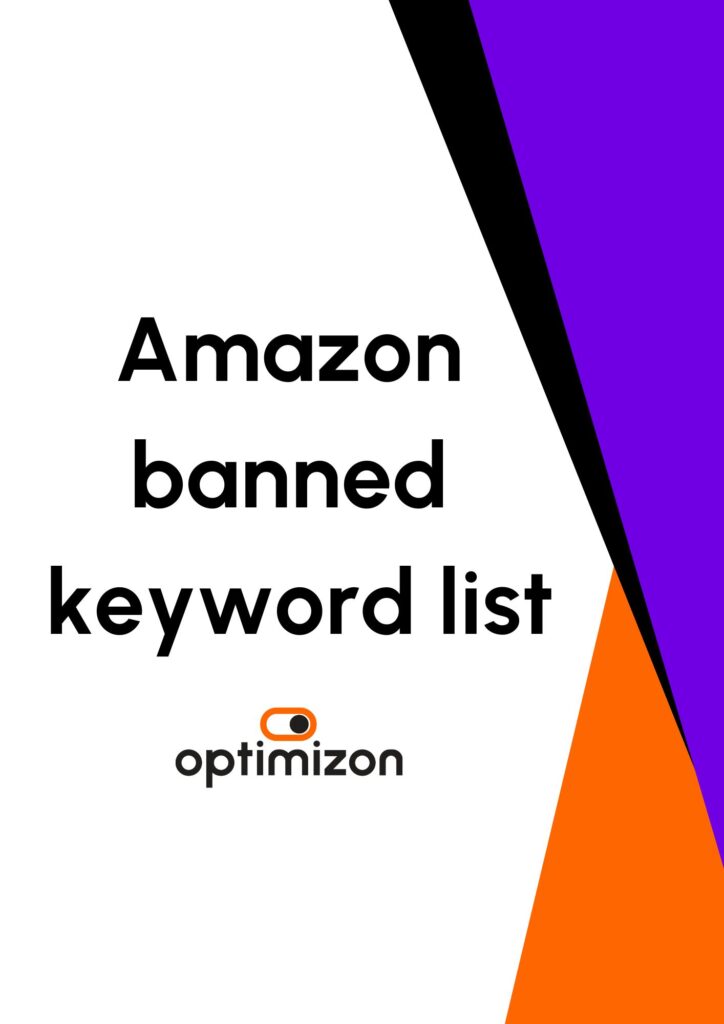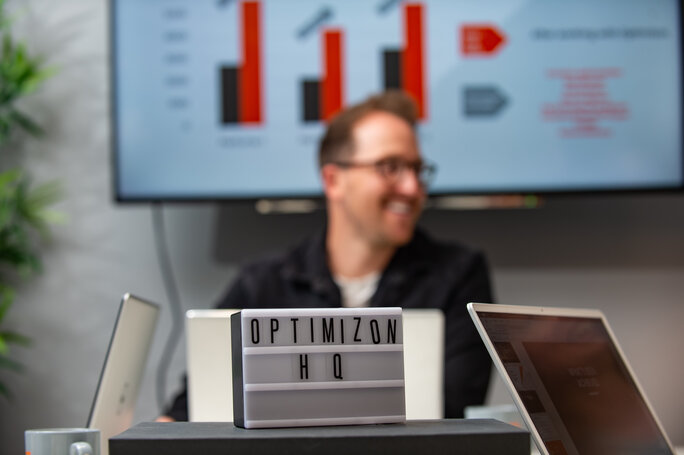How much should you spend on Amazon PPC? Follow these rules of thumb
As an Amazon retailer, it’s beneficial to always be thinking about how you can stand out from your competitors.
So it’s worth looking at paid-for options that might give you a much-needed boost, such as Amazon pay per click advertising (PPC).
Although that surge in product sales might reduce your margins, it will boost your turnover, and could yield beneficial results at key times, such as when you have extra stock to sell.
In fact, running PPC campaigns could have the knock-on effect of giving your organic placements a boost too.
If you’re looking to increase sales or protect your market share, or win more clicks, you can do this with PPC ads.
Here, James Pitts-Drake, the CEO of Optimizon Amazon Agency, explains everything you need to know about Amazon PPC. Of course, there is no ‘one-size-fits-all’ approach, but following these rules of thumb will put you in a great position to refine and maximise your campaigns.
Is Amazon PPC advertising important?
In short, yes! An Amazon PPC campaign can be incredibly important. They not only mean you see an increase in sales, but knock on benefits could improve your organic sales too.
The Amazon Flywheel essentially rewards any seller ‘feeding the wheel’, and this includes PPC (read more here).
However, you need to make sure your PPC campaign is delivered properly to maximise its effectiveness.
First things first though – do not expect to see overnight results. PPC isn’t a sprint, it’s a marathon, and you might find the race is one that’s never-ending, especially the more you grow. Think of PPC as a cost of sale instead of viewing it as ‘additional spend’.
The key to success really is in the planning. Set realistic goals, and don’t spread your budget too thinly. More on this below.
How should I spend my Amazon PPC budget?
As part of your Amazon PPC campaign, you have three options where you can put your money, and each yields different results.
- Sponsored Products,
- Sponsored Brands,
- Display Ads.
We explain more about each type of PPC ad in our previous article How Amazon Ads could win you more sales than Google Ads.
Take a look at them individually as they each have pros and cons, and work out which of these best suits your products and sales plan.
As a rough guide, we find many brands spend their budget in the following way:
- 75% on Sponsored Products
- 20% on Sponsored Brands
- 5% on Sponsored Display
When it comes to click-through rates (CTR), Sponsored Products offer the largest volume. This means it gives Amazon retailers the best opportunity to see a return on their initial Amazon PPC budget. Sponsored Products also offer you the chance to generate quality data, which can be invaluable for future campaigns.
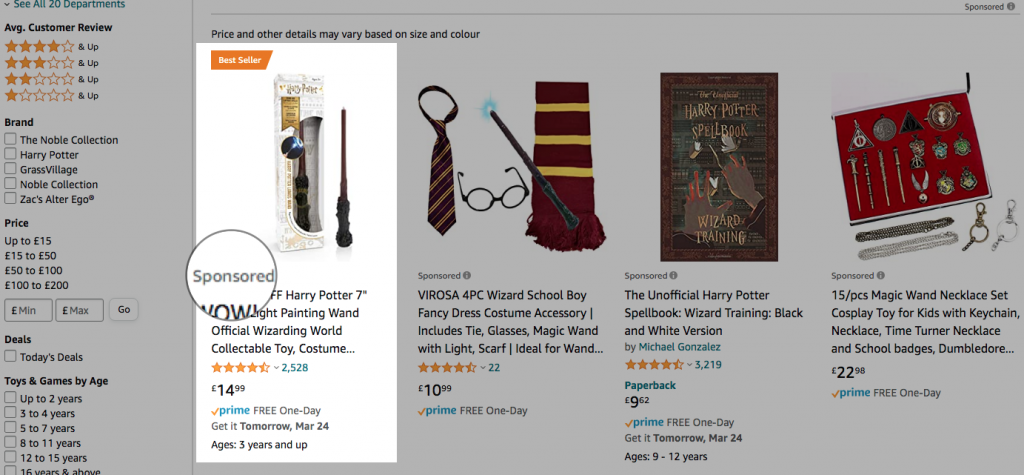
If you want to have your products listed at the top of Amazon’s search results page, Amazon Sponsored Brand Ads is for you. When shoppers click on these sponsored posts, they can click through to a product listing or your Amazon Store page.
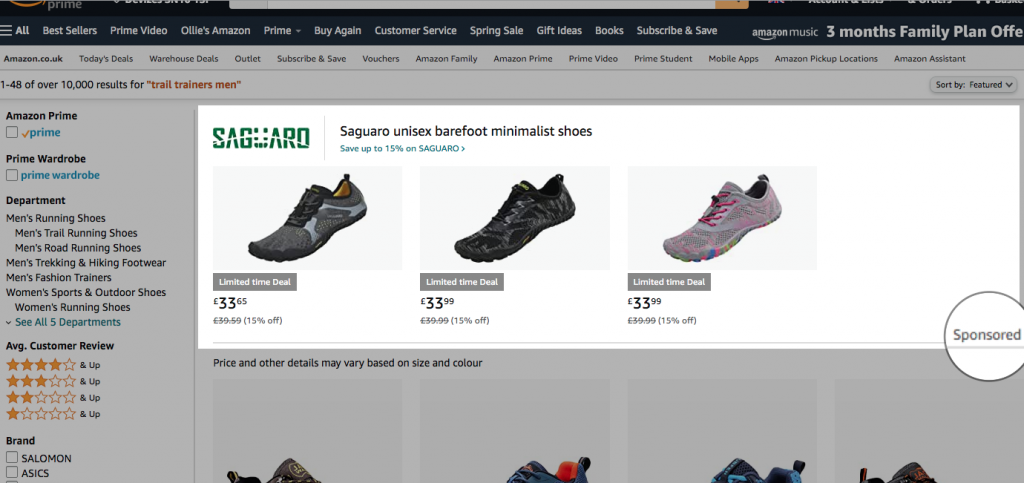
Sponsored Display ads are beneficial too; allowing you to promote your products to shoppers who have previously viewed your items, or similar ones on Amazon.
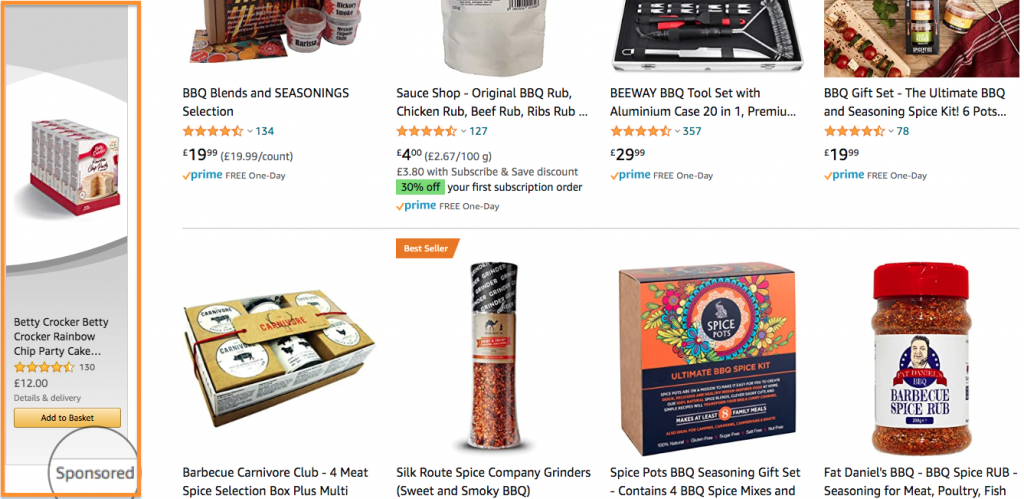
Choose the right type of Sponsored Ad for your goal
Each of these options offers differing results, so the amount you spend on each really depends on what you need to achieve. A brand awareness campaign would be suited to Sponsored Brand Ads. Whereas Sponsored Display is a great way to promote a related product. For instance, if someone purchased pet food, you could stalk them around Amazon with an ad to your latest pet toy.
It’s worth noting that investing too much budget on Sponsored Brands and Sponsored Display can make it difficult for retailers who are just getting started. If you are selling a product that shoppers are likely to be searching for, and you need to be more visible in the search results, Sponsored Products are the most effective.
What should my Amazon PPC budget be?
Deciding how much budget you put into your Amazon PPC campaign should come after you’ve thought about how to split your budget. Once you know which types of campaign you are going to target, you then you need to decide how much you’re going to spend.
Larger Amazon sellers tend to take an 80/20 approach when deciding which of their products to advertise. You probably won’t want to showcase every single item that you have on your itinerary as it’ll mean spreading your budget too thinly.
By focusing on the top 20% of products you sell, it’ll ensure you’re not spending too much money on your campaign unnecessarily.
80/20 and 10% rule
As a rule of thumb, look to spend about 10% of your total revenue on your Amazon PPC campaign.
What you’ll then find is that as sales grow, it will mean that, in turn, your advertising budget will grow accordingly too. As a result, higher budgets will be fed into your new or existing campaigns.
You’ll need to make sure you’re investing enough into your Amazon PPC campaign to see a decent amount of data. A spend that generates a minimum of around 20-30 clicks per day will provide some meaningful data.
Check out what your competitors are bidding by taking a look at Amazon’s suggested bid feature.
How do I keep my Amazon PPC effective?
The beauty of Amazon PPC advertising is that it can be modified as you go.
Check-in regularly and analyse how well your campaign is performing by logging into your Amazon dashboard. You’ll find all the data here that you need to give you insights into whether everything is as you’d planned it to be.
Don’t be too fast to draw conclusions after the campaign has gone live. Not only will Amazon be learning, you will need some baseline data in order to make solid decisions about where to trim your spend, and which areas are effective.
You’ll also be sent comprehensive PPC reports from Amazon, so take enough time to scrutinise this information. Once you have enough data, you can tweak your campaign to ensure it performs even better.
Keep your finger on the pulse
The last thing you should do with an Amazon PPC campaign is to leave it running and hope for the best. We’ve seen prospective clients loosing thousands of pounds per month on poorly optimised campaigns.
After your campaign has been live for a while, you should expect to see a 25% impact on total sales from your PPC advertising. If it’s much less than that, it needs to be looked at.
We can’t emphasise this point enough; make the most of the invaluable data you’ll be seeing. It’s worthwhile regularly adding converting customer search terms as keywords, adding negative keywords and optimising bid amounts.
How much should you spend on PPC – Takeaways
There is no ‘one-size-fits-all’ approach. However, if you are starting out, follow these rules of thumb, which will position you well to to refine and maximise your campaigns going forward.
Before embarking on an Amazon PPC campaign, make sure to plan. Decide on what your budget is going to be and which areas you’re want to target. Remember, it’s a marathon, not a sprint. Most successful sellers continually appear within the sponsored ad positions.
As a starting point, it’s recommended that you spend 75% on Sponsored Products; 20% on Sponsored Brands, and 5% on Sponsored Display. But adjust this proportion depending on your goal.
For example, a brand awareness campaign would be suited to Sponsored Brand Ads. Alternatively, Sponsored Display is a great way to promote a related product. For instance, if someone purchased pet food, you could stalk them around Amazon with an ad to your latest pet toy product.
If you are selling a product that shoppers are likely to be searching for, and you need to be more visible in the search results, Sponsored Products is the most effective way of boosting individual product items.
Amazon PPC budget
Overall, you should look to spend around 10% of your turnover on Amazon PPC. This feeds the flywheel, benefits you organically, and will lead to continual growth (if your campaigns are optimised effectively).
Once you’re up and running, don’t just leave it! Analyse your data and the performance continually. If you’re not seeing around a 25% impact on sales from your campaign. Tweak the campaign regularly to drive the best results.
One last point to be mindful of, is that the number of sellers is increasing on Amazon. Sellers are waking up to the power of sponsored campaigns on Amazon. Therefore, the competition is becoming more fierce for visibility. If your campaigns become less competitive, and your return on investment is reducing, stop. There may be better ways of investing your budget.
How to get in touch
As always, if you need any assistance with any part of your Amazon selling account, or if you’d like a more bespoke analysis of how much should you spend on Amazon PPC, don’t hesitate to reach out to our team. Contact us here.


